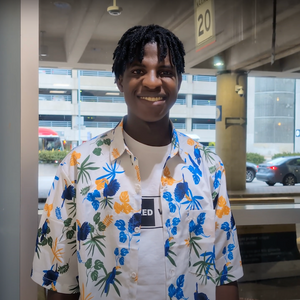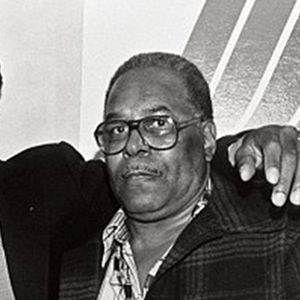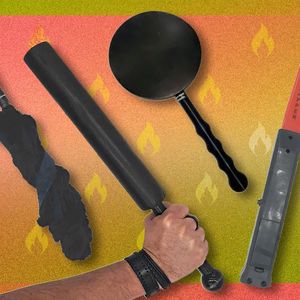Gruesome fare is
expected to be key evidence at the trial of a former
nurse charged with killing two gay men and then
dismembering their bodies and leaving the pieces
wrapped in double-knotted plastic bags along highways
in the New Jersey counties of Ocean and Burlington. The
trial is expected to begin with jury selection Tuesday.
Richard W. Rogers, 55, is charged with two
counts of murder, but prosecutors are not seeking the
death penalty because the dismemberments were carried
out after the victims were already dead. He was arrested in
May 2001 after forensic scientists matched his fingerprints
to those found on plastic bags containing two victims'
body parts.
Thomas R. Mulcahy, 58, of Sudbury, Mass., a
computer equipment sales executive, disappeared in
July 1992 after attending a business meeting in New
York. His remains were found two days later in separate
locations of Woodland and Stafford townships. In May
1993 the remains of Anthony E. Marrero, 44, a gay
prostitute who disappeared in New York, were found in
a bag along a road in Manchester Township.
"The word bizarre doesn't even begin to
describe the evidence in this case," said Ocean County
executive assistant prosecutor William J. Heisler.
Rogers's lawyer, David Ruhnke, says prosecutors
have charged the wrong man. "Is Mr. Rogers the person
who killed these two men?" he asked during pretrial
hearings. "That's the only disputed issue in this case."
But prosecutors say they have a wealth of
evidence against Rogers, who was acquitted of
manslaughter in Maine in the 1973 hammer beating of a
man who lived in his building. In addition to fingerprints
matching his that were found inside the bags
containing parts of two victims, identical prints were
found on a bag containing the remains of a third man,
Peter S. Anderson, 54, of Philadelphia.
And the murder and dismemberment of a fourth
man, Michael Sakara, 55, of New York was so similar to
what happened to the two bodies found in New Jersey
that superior court judge James N. Citta ruled that jurors
should be allowed to hear evidence about the deaths of
Sakara and Anderson, even though Rogers is not charged
in those cases. Prosecutors wanted the jury to hear
about those killings to help establish Rogers's identity as
the killer in the two New Jersey cases.
The judge agreed that the evidence in all four
slayings was so similar that it could amount to a
"signature" of the same killer. "It is bizarre. It is
unique. It's chilling," he said in his ruling. "I
don't know if that's a legal term, but that's what it is."
Ruhnke said the judge's ruling would make it
harder to defend his client. "We're defending four
murder cases instead of two," he told reporters afterward.
In pretrial testimony, a New Jersey State Police
lieutenant said Rogers told a man he met in New Hope,
Pa., to be careful who he was with because police were
looking for a serial killer. That comment came long after
publicity had dissipated about the deaths of gay or bisexual
men who disappeared from bars in Manhattan and were
found dismembered.
And five years later, when authorities searched
Rogers's Staten Island condominium, they found
videotapes of horror movies, including TheTexas Chainsaw Massacre, along with a Bible in
which passages mentioning decapitation and dismemberment
were highlighted. Also found were photos of shirtless
men who had recently installed a fence on Rogers
property. The men had wounds and blood drops drawn
onto their bodies in red ink.
Heisler argued that there were similarities
among all the victims, including the manner in which
they died and how their remains were disposed. Each
was either gay or bisexual, was known to be a heavy
drinker, and frequented gay bars in Manhattan that Rogers
also patronized, prosecutors said.
The big break in the case came on May 28, 2001,
when Maine authorities, who had recently gone online
with an automated fingerprint identification system,
matched Rogers's prints to those on the bags that contained
Mulcahy's and Marraro's dismembered remains. His
fingerprints were on file in Maine because he had been
tried in November 1973 for the slaying of Frederic A.
Spencer, who lived in his apartment building in Orono.
After his arrest,
Rogers told police he caught Spencer in his apartment
and that Spencer came at him with a hammer. He said he
managed to get the hammer away and beat Spencer until
he died. Six months later Rogers was acquitted of
manslaughter in Penobscot County superior court. Rogers was
also tried--and acquitted--in a 1990 abduction
and assault case in New York. In that case, the victim
met Rogers in a gay bar and returned to Rogers's home,
where he said he was drugged with spiked orange juice and
stripped, then woke up bound at the wrists and legs.
Jury selection in the case is expected to begin
on Tuesday. The graphic nature of the evidence in the
case could make it somewhat harder than usual to find
jurors willing to serve, Heisler said. He estimated jury
selection might take two or three days, a little longer than
usual. (AP)



















































































